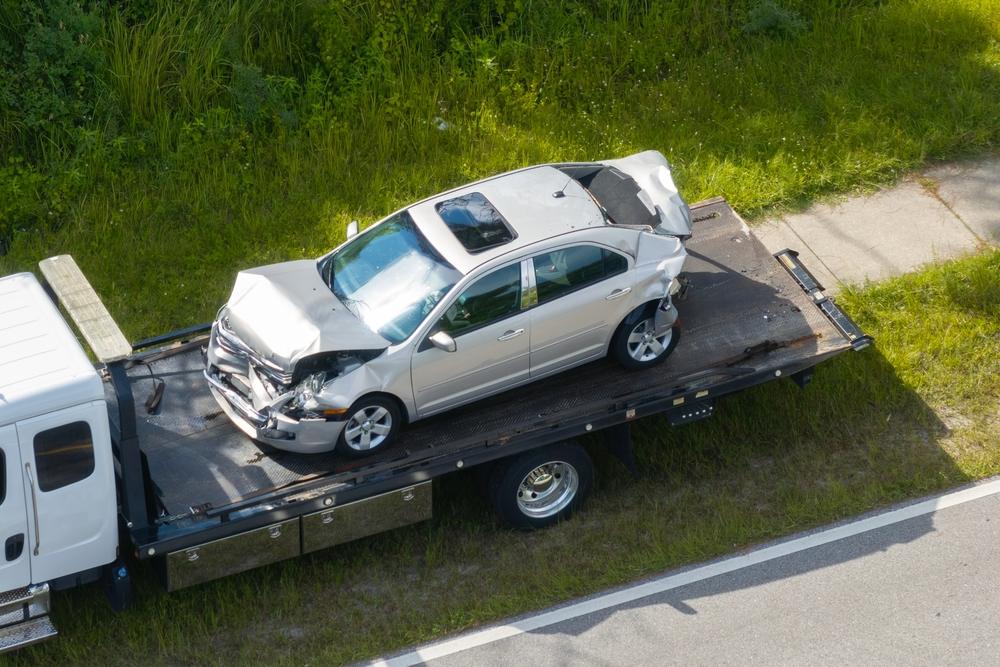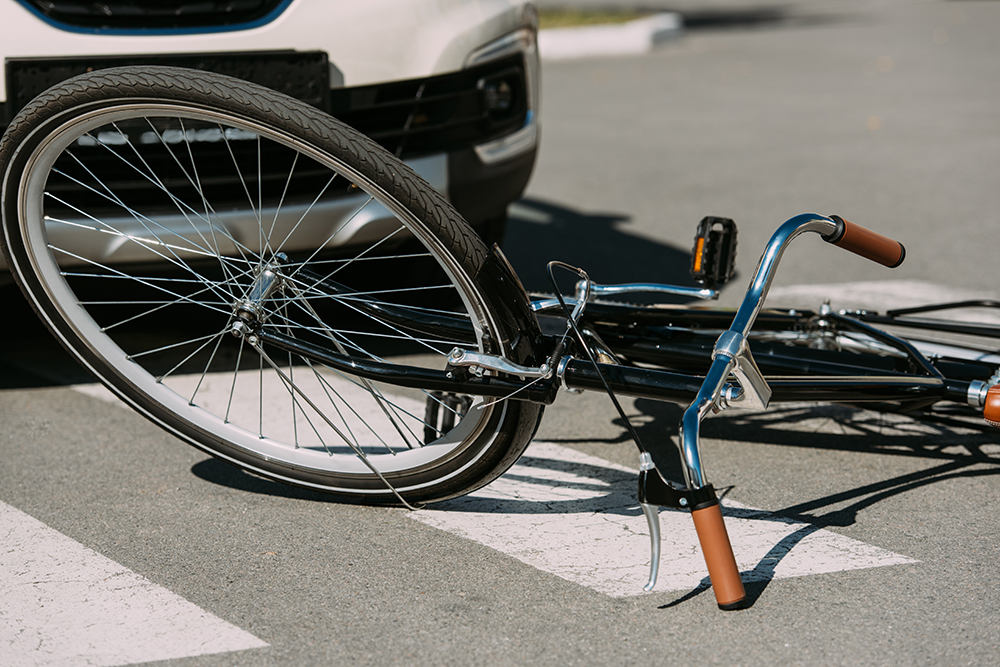Reckless driving is dangerous no matter where it takes place, but it can be even more risky in a residential neighborhood. These areas have deliberately low speed limits, since children and other residents are often outside. If you or someone close to you was injured in a neighborhood due to reckless driving in a residential area, we can help. At Therman Law Offices, our Gurnee, Wheaton & Schaumburg car accident lawyers are ready to investigate the details of your case and guide you through the legal process. You can rest assured that we are dedicated to making sure that negligent drivers are held accountable for the harm that they cause.
Reckless Driving in Residential Areas May Cause Serious Accidents
The Illinois reckless driving statute, codified in the Illinois vehicle code at section 625 ILCS 5/11-503, prohibits an individual from driving a vehicle with a “willful or wanton disregard” for the safety of people or property. The term “willful” means that the driver’s conduct was intentional or deliberate, whereas “wanton disregard” denotes that the driver understood that the conduct was risky but chose to engage in it anyway. For example, a person could be issued a ticket for reckless driving for excessive speeding because that disregards the safety of others, especially in a residential neighborhood where children are often playing in the street.
All drivers have an obligation to operate their vehicles at a safe speed and in a reasonable manner. When you have been seriously injured in a reckless driving accident in a residential area, you can typically bring a claim based on the theory of negligence. Negligence occurs when a person fails to use reasonable care behind the wheel, causing an accident. Reasonable care is defined as how a prudent person would act in the same or similar circumstances.
To prove a claim, the plaintiff must demonstrate four elements, each by a preponderance of the evidence. First, the plaintiff must show that the defendant owed them a duty of care. Second, the plaintiff must show that the defendant breached the duty of care, meaning that the defendant engaged in behavior that deviated from how a prudent person would have driven in the same situation.
This can include a wide range of behavior, including driving aggressively in a residential area. Third, the plaintiff must show that the defendant’s breach was a direct cause of the motor vehicle accident. Finally, the plaintiff must show that they suffered quantifiable harm (i.e., bodily injuries or property damage, or both) as a result.
Forms of compensation that may be available in a negligence case include both economic and non-economic damages. Examples of these damages include medical bills, future medical bills, property damage, lost wages due to time away from work, pain and suffering, disability, and other examples. Each case is different, and the amount of damages that will be appropriate in a specific case will vary based on a multitude of factors.
In some cases, expert testimony may be required to illustrate the physical and financial aspects of the plaintiff’s injuries. The damages in these cases are intended to put the plaintiff in the position in which they would have been had the accident not occurred.
In rare cases, such as those involving drunk driving, the plaintiff may be able to seek punitive damages as well.
Unlike the aforementioned types of damages, these damages are intended to punish a defendant as opposed to making the victim “whole.”





